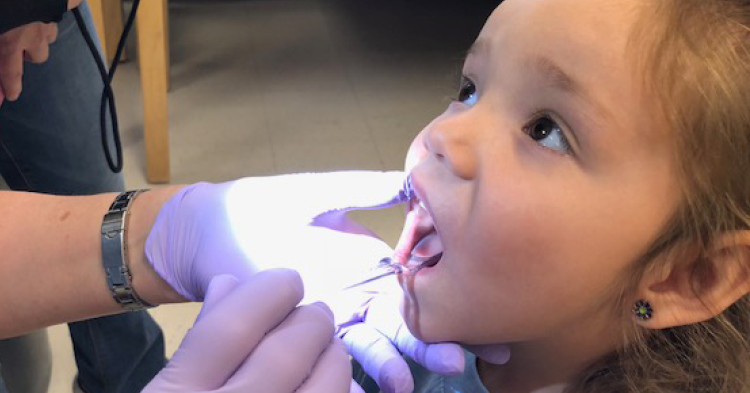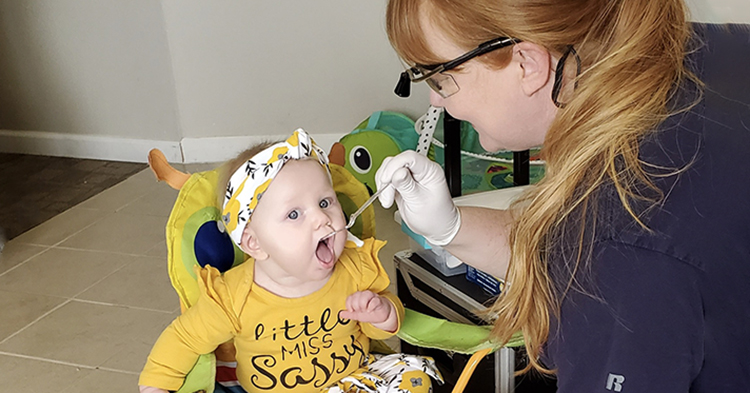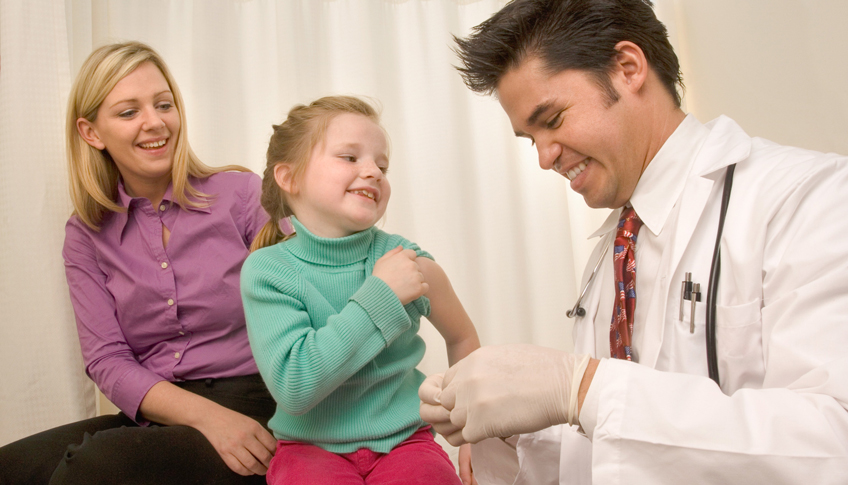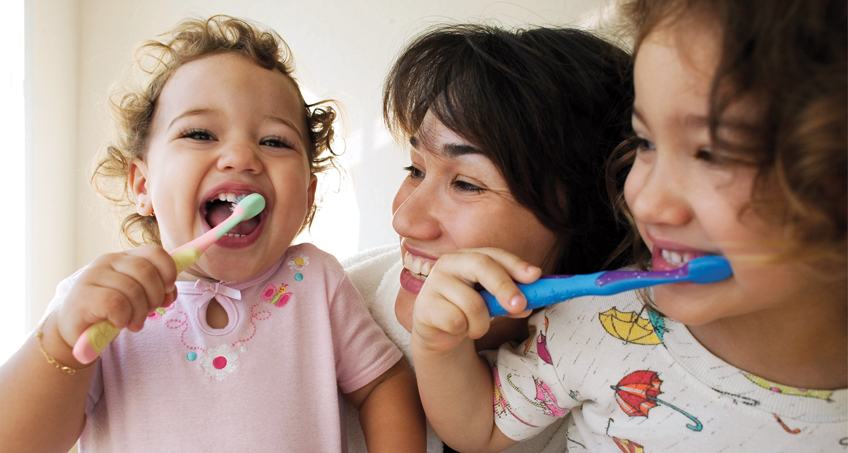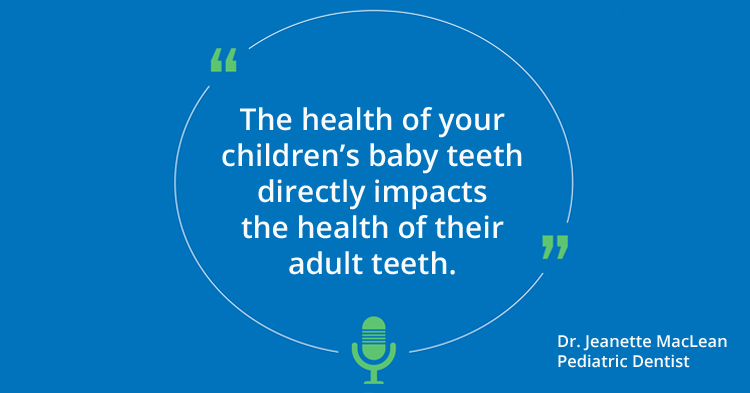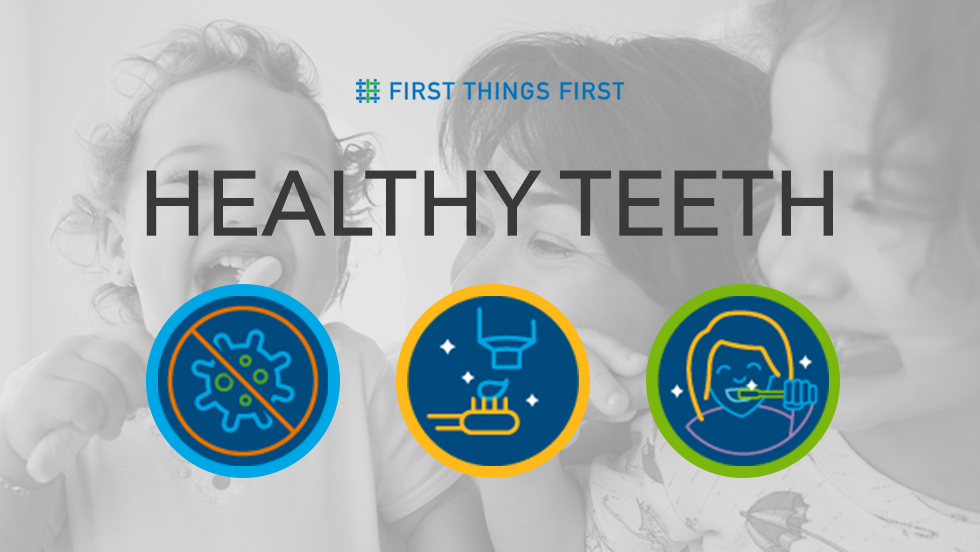
Good oral health in young children plays a critical role in a child’s overall wellbeing and education. Yet, tooth decay is the most common chronic disease faced by young children and is also 100% preventable.
To help more families understand the importance of early oral health and what they can do to help prevent tooth decay, First Things First has joined with other state agencies and organizations to develop common messaging that will be shared by partners statewide. The partners coordinated to launch the Healthy Teeth resource in time for February’s National Children’s Dental Health Month.
“Our goal was to put the information in plain language,” said FTF’s Children’s Health Program Manager Kavita Bernstein. “What are the key things that we want families to know about oral health? In order for pregnant women and family and caregivers to understand the importance of oral health, we had to convey it in a way to actually makes sense.”
Bernstein was part of the FTF team that worked with the Arizona Department of Health Services, Arizona Advisory Council on Indian Health Care, Native American Connections and the March of Dimes to make the information easy-to-understand for parents. In the public health world, the phrase is called health literacy or the degree that a person has the ability to find, understand and use information to make health-related decisions.
The partners saw a need for more focused, common messaging on oral health statewide because of the prevalence of tooth decay in the state’s young children. According to a 2016 First Things First study, conducted in partnership with the Arizona Department of Health Services, 52% of Arizona’s kindergartners have experienced tooth decay compared with 36% of 5-year-old children nationally.
Julia Wacloff, chief of the Office of Oral Health at the Arizona Department of Health Services, who worked with the group said that from a broader public health perspective, when agencies align consistent and repetitive messaging, no matter what the health issue is, it is more impactful.
“We have known for a long time that messages have to hit populations consistently and throughout the entire population to become regularly adopted,” she said.
The Healthy Teeth resource provides information about how families can support early oral health. There’s a section that offers basic, but often unknown, tips to prevent tooth decay, including in babies. For example, families often don’t know that a child’s first dental visit should happen once the first tooth appears or by their first birthday. Or, that germs that can cause decay can be passed from parents to babies when they share spoons, food or lick their pacifier.
Additional content provides oral health information for pregnant women.
“Most pregnant women are thinking about the health and safety of their baby and how they can contribute but they aren’t always told that the health of their mouth is connected to the health of their baby,” Bernstein said.
FTF plans to add oral health videos and additional information for parents and caregivers.
“There’s so much information that gets thrown at parents,” Bernstein said. “Sometimes they think that the expectation is that they should know about parenting. But babies aren’t born with a guidebook. Our job is to convey information to parents in a way that actually makes sense. How would a 21-year-old mother want to consume information?”
The collaboration provides simple and consistent oral health messages that other Arizona organizations can use and amplify across the state.
“We picked these partners and have worked to have a unified voice to make a synergistic impact,” Bernstein said.



